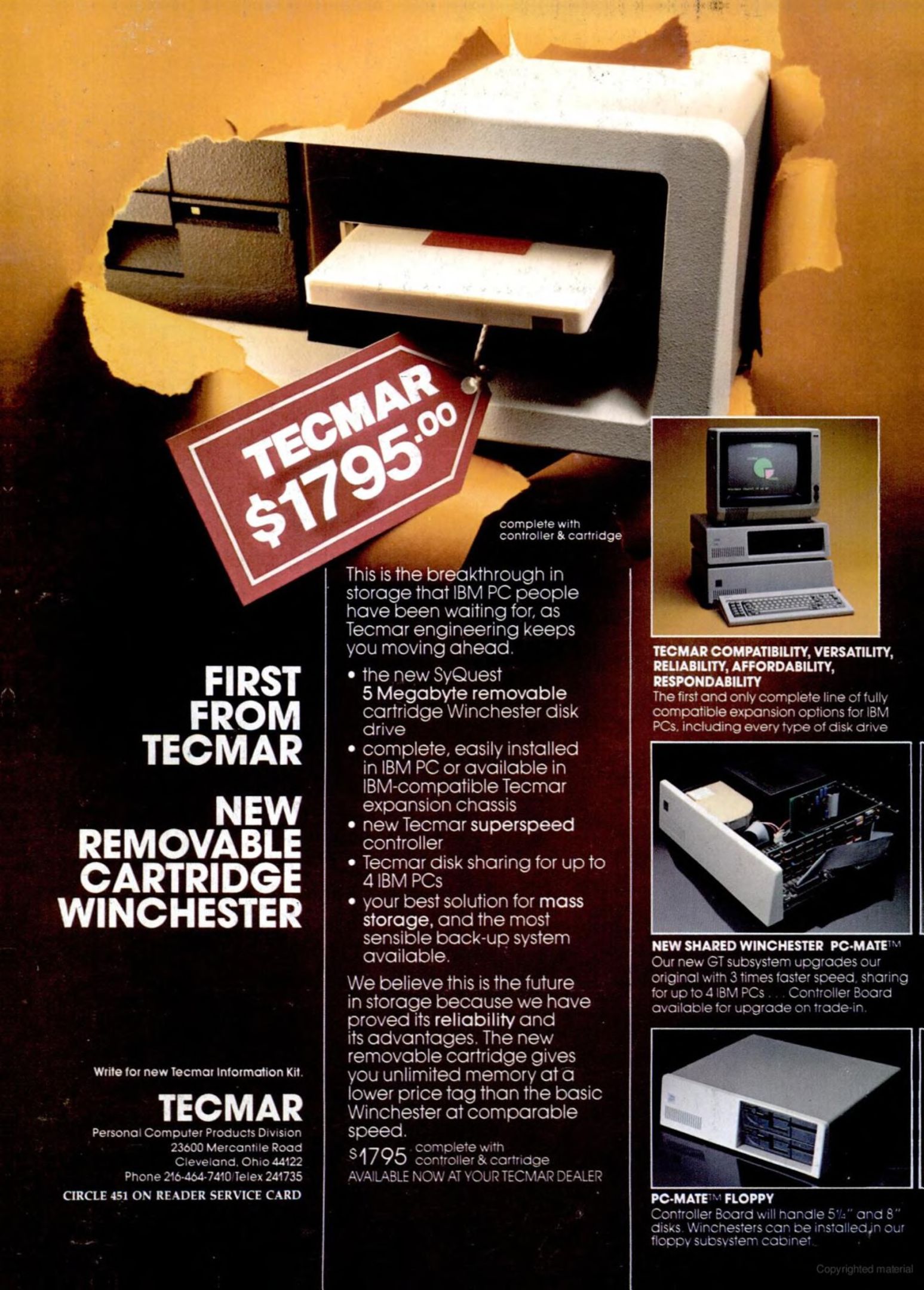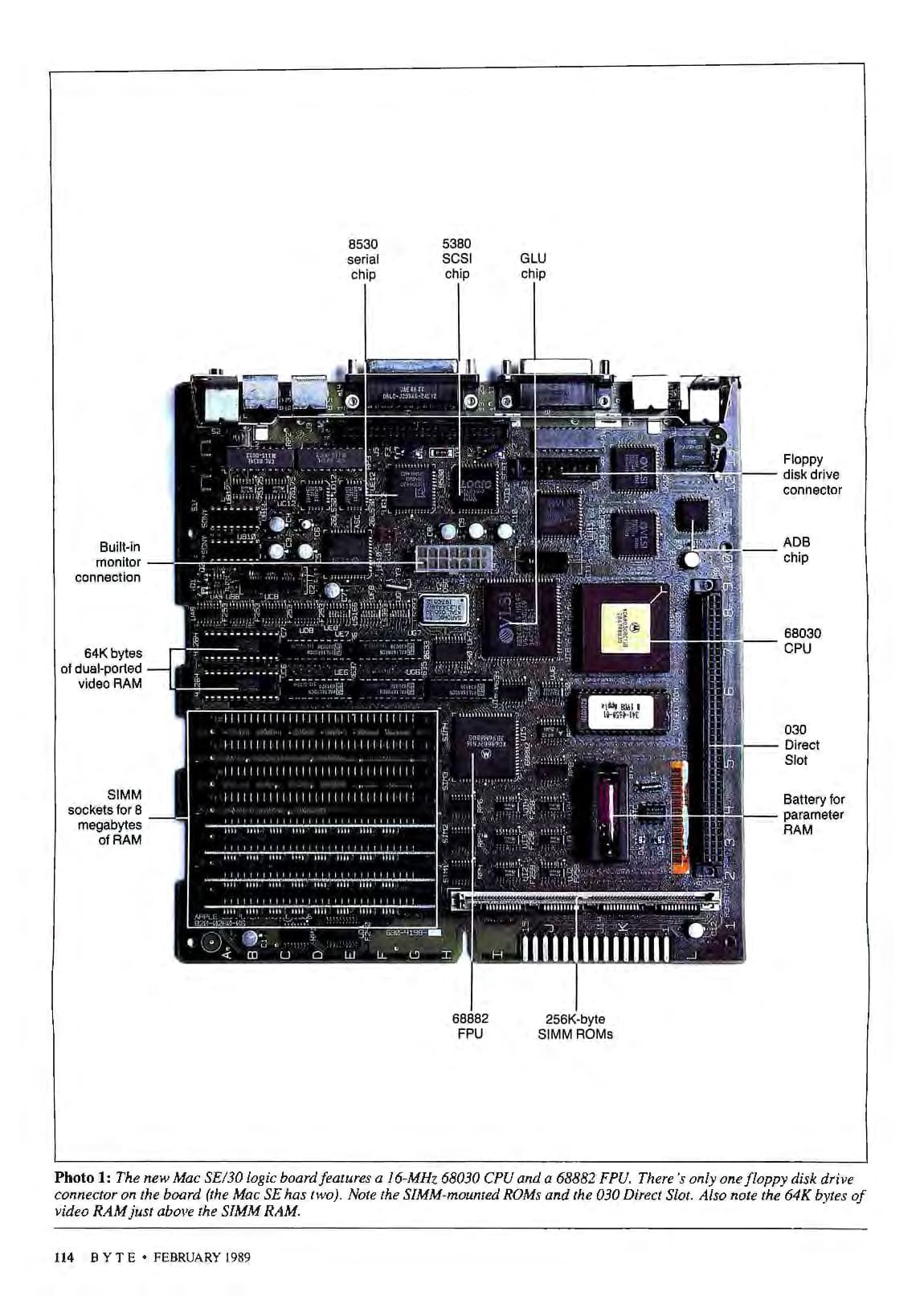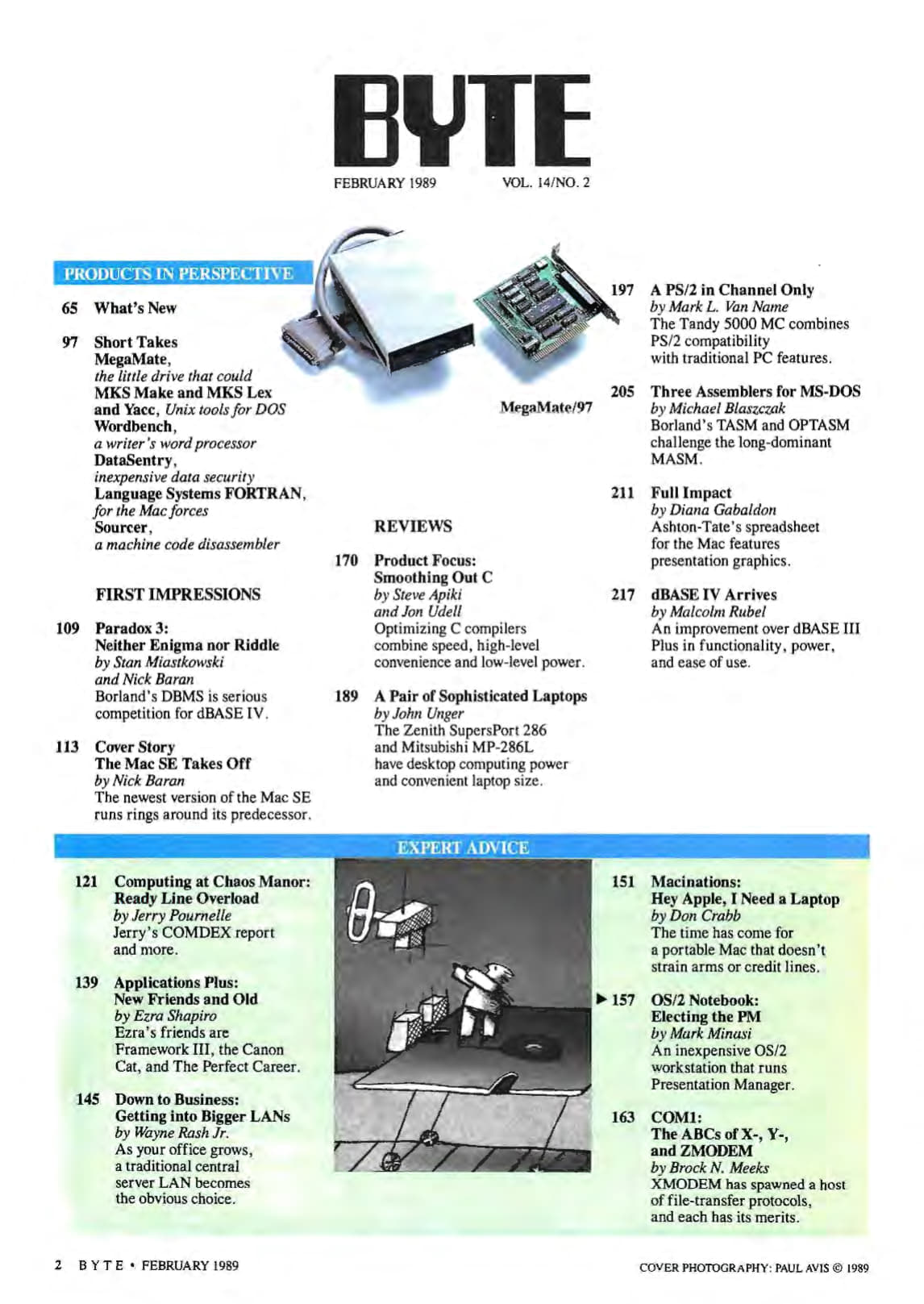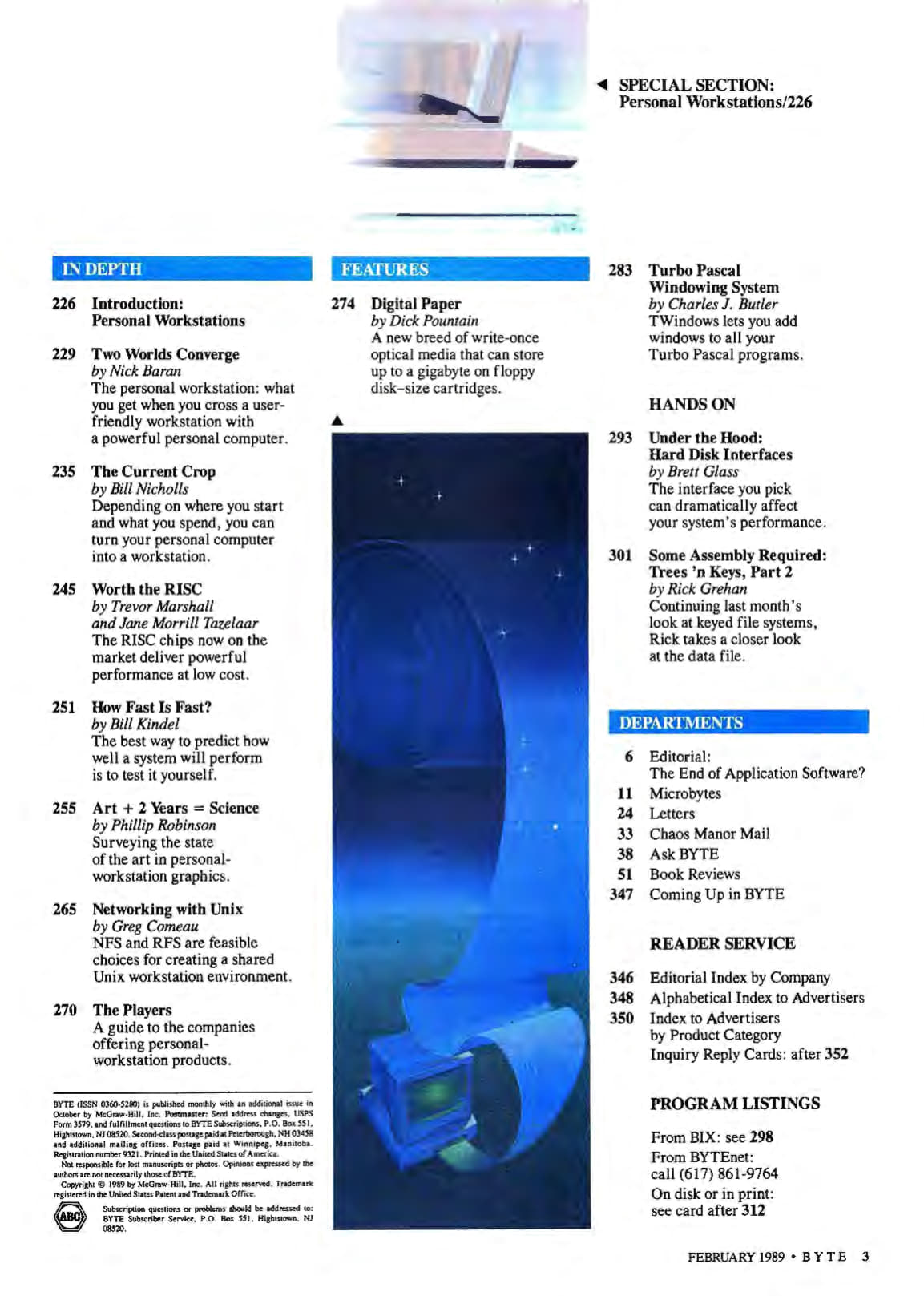It happened as I went to grab a new package of baby wipes from under the sink. I flipped on my bathroom light, and I noticed something strange—one of my three mirror light bulbs began flickering and ultimately settled at a barely luminous dim setting.
My LED light went out.
The problem is, I changed that light bulb around a month ago as memory serves. Aren’t LED lights supposed to outlast the heat death of the universe or some unbelievably long amount of time?
Under this guise and the guise of energy efficiency, the Biden administration finally allowed a 2007 ban on incandescent light bulbs to go through at the end of July this year.
The problem is that LED lights are not more efficient in a meaningful economic sense, and, as my story illustrates, they don't necessarily last longer. To understand why, let’s explore some of the technical and economic details behind the mythical efficient LED.
The Lie of LED Efficiency
The ban on incandescent lights isn’t a ban on them specifically. Rather, the standard is that a light bulb must illuminate 45 lumens per watt. Most incandescent bulbs are incapable of doing this, so the regulation effectively bans them except in particular circumstances.
It is by this scientific jargon of an arbitrary lumens per watt standard that the government claims LEDs are more efficient.
The problem is that just because the LED bulbs (when they work) have a higher lumens per watt ratio, that doesn’t make them more efficient.
Consider an example to see why. Imagine we have two ice cream trucks. One ice cream truck is just an empty van. The driver throws a bunch of tubs of ice cream in the van and sets out for the day. The second truck is a van equipped with freezers to preserve the ice cream. Tell me, reader, which truck uses more energy?
Obviously the truck with freezers. So which truck has the best ratio of gallons of ice cream moved per unit of energy? Well that would be the truck without freezers. By our arbitrary technical measure, the freezerless ice cream truck is more efficient.
The problem, as you know, is that frozen ice cream is better than room temperature ice cream soup. The issue with our efficiency measure is that it ignores the important fact that the two trucks are accomplishing different goals. One is delivering ice cream people want, the other is delivering inedible slop.
You cannot compare the efficiency of two things which accomplish different outcomes for consumers. The same issue is true of light bulbs.
Incandescent bulbs put out a consistent, pleasing light output. LED lights do not. The Department of Energy website tries to debunk this obvious truth with an appeal to technical jargon. In response to the criticism that LED lights are dim compared to incandescent, the website says,
“LED bulbs produce more lumens per watt and last up to 25 times longer than incandescent bulbs. A 10W LED bulb emits as much light as a 60W incandescent bulb, making them both brighter and more energy efficient.”
This is akin to claiming that melted ice cream is still ice cream.
It is sometimes true that LED bulbs emit as many or more lumens than incandescent bulbs, but what people colloquially refer to as “brightness” is not the same as what scientists call “lumens.”
When people talk about brightness, they aren’t just talking about lumens. They’re also talking about the extent to which different light sources make things like color easier to see. An essential component of whether something is easier to see is how warm or cool light is.
This is where things get complicated. For incandescent bulbs, wattage is what mattered. More watts meant more visibility. For LEDs, things are different. Lumens measure the brightness but Kelvin (a temperature scale) determines how “warm” or “cool” the light appears. There is an in-depth piece by Tom Scocca in New York Magazine’s website The Strategist which describes this very well.
The summary is that LED light bulbs, though usually bright in terms of “lumens,” often do not always illuminate colors well. Scocca points out:
“If you want the objects that the light shines on to look the same, you’re getting into a different color question, specifically the color-rendering index. Your incandescent bulb — a glowing analog object, its light coming from a heated wire — had a CRI of 100 for a full unbroken spectrum. Your typical LED bulb, shining with cold digital electroluminescence, will not. Some colors will be missing or just different. If you’re lucky, the LED will have a CRI of 90 or higher. The box may not list any CRI at all.”
He then highlights that so-called experts often downplay the importance of the CRI index, but provide no substitute measure for color-rendering.
So lumens alone is not brightness—at least not the way you and I talk about brightness. But that isn’t the only problem.
LEDefective
Remember my flickering bathroom light bulb? Turns out this isn’t a one-off complaint by yours truly. All over the internet I found people complaining about LED lights malfunctioning in much shorter time spans than it takes an incandescent to burn out.
When searching, I found several answers for why. One common answer is that the driver in the power base (bottom opaque plastic part of each light bulb) often fails in the less expensive LED lights. Temperature issues were also listed as a possible cause as well as the building providing “too much” power.
The bad driver in cheap LED bulbs could be explained away by saying you simply have to buy more expensive bulbs, but the up front cost of LEDs being higher was already an issue. Now we can’t even buy the best value version of the more expensive bulb?
In Scocca’s piece, he highlights well how good lighting is more expensive with LEDs:
“I checked my nearest dollar store and discovered that there were plenty of LED bulbs to be had there. Their color temperature was 6,400 Kelvin — the harshest, cheapest possible light, a light so blue that when I Googled it, what came up were grow bulbs. The efficient future of lighting now includes poor people; it just does it by making lighting one more form of privation.”
Even worse, it’s not always obvious when the driver isn’t working or that the power base is too hot. Sometimes the bulb just gets subtly dimmer. The Department of Energy can kiss its “lumens” argument goodbye. It may be the case that LED bulbs can produce more lumens in theory, but if they dim frequently without warning in practice, who cares?
LED lighting advocates will be quick to argue you can get the same results as incandescent light if you just approach it correctly. “Make sure your lumens are high enough. Don’t forget to memorize which degree Kelvin is best for each setting! But be careful not to buy one with a bad driver. You may need to rewire your house for best results, of course.” The list of excuses—and extra work for consumers—goes on.
Unfortunately, not all of us have time to get a degree in electrical engineering to make sure our home doesn’t look like the inside of an alien spaceship.
Let the Market Decide
As I’ve demonstrated, technological efficiency is not the proper way to evaluate the efficiency of a product. So how should we evaluate it?
Let’s return to our ice cream truck example. Which truck will consumers buy ice cream from? Obviously the one with freezers. It may cost a bit more than Uncle Sam’s ice cream soup, but people will pay the cost.
When discussing efficiency as it applies to people’s choices, economic efficiency is king. The idea behind economic efficiency is there are lots of technologically feasible combinations of goods and services that can hypothetically be produced. The question is, which combination yields the most value? Economic efficiency is the criterion that separates the highest valued use of scarce resources from all other possible combinations.
How is this point determined? By consumers! If consumers value frozen ice cream enough, they’ll be willing to pay more for an ice cream truck with a freezer. These higher prices enable the truck owner to buy the higher energy costs associated with running the freezers.
The same is true with light bulbs.
Who pays for an “inefficient” incandescent light bulb? The homeowner who installs the light bulb does in the form of higher energy bills! So how would we know if the better (or at least more consistent) lighting is worth the higher energy usage?
Well, if the consumer chooses an incandescent bulb over an LED bulb, they are confirming they value the services of the incandescent bulb even after accounting for the cost of using more energy.
The same principle operates with cars. Is the purchaser of an SUV tricked into buying a product which is not as efficient with fuel as a small sedan? Obviously not! The SUV owner prefers the additional space and larger size more than the cost of the extra gasoline. Since the SUV is assigned higher value than the extra gasoline that must be purchased to use it, the “inefficient” fuel economy is completely compatible with economic efficiency!
If LED light bulbs are truly unquestionably superior, you would not need to pass a law stopping consumers from purchasing incandescent bulbs. Consumers would make the switch themselves to save money. Good ideas don’t require force, as they say.
The fact that a law was needed to displace incandescent bulbs highlights a simple truth: on many margins LED lights are frankly worse for consumers. And all the bureaucratic gobbledygook in the world will not change that fundamental fact.
Peter Jacobsen is a Writing Fellow at the Foundation for Economic Education.
This article was originally published on FEE.org. Read the original article.
 The Incandescent Ban and the Lie of LED Efficiency
The Incandescent Ban and the Lie of LED Efficiency

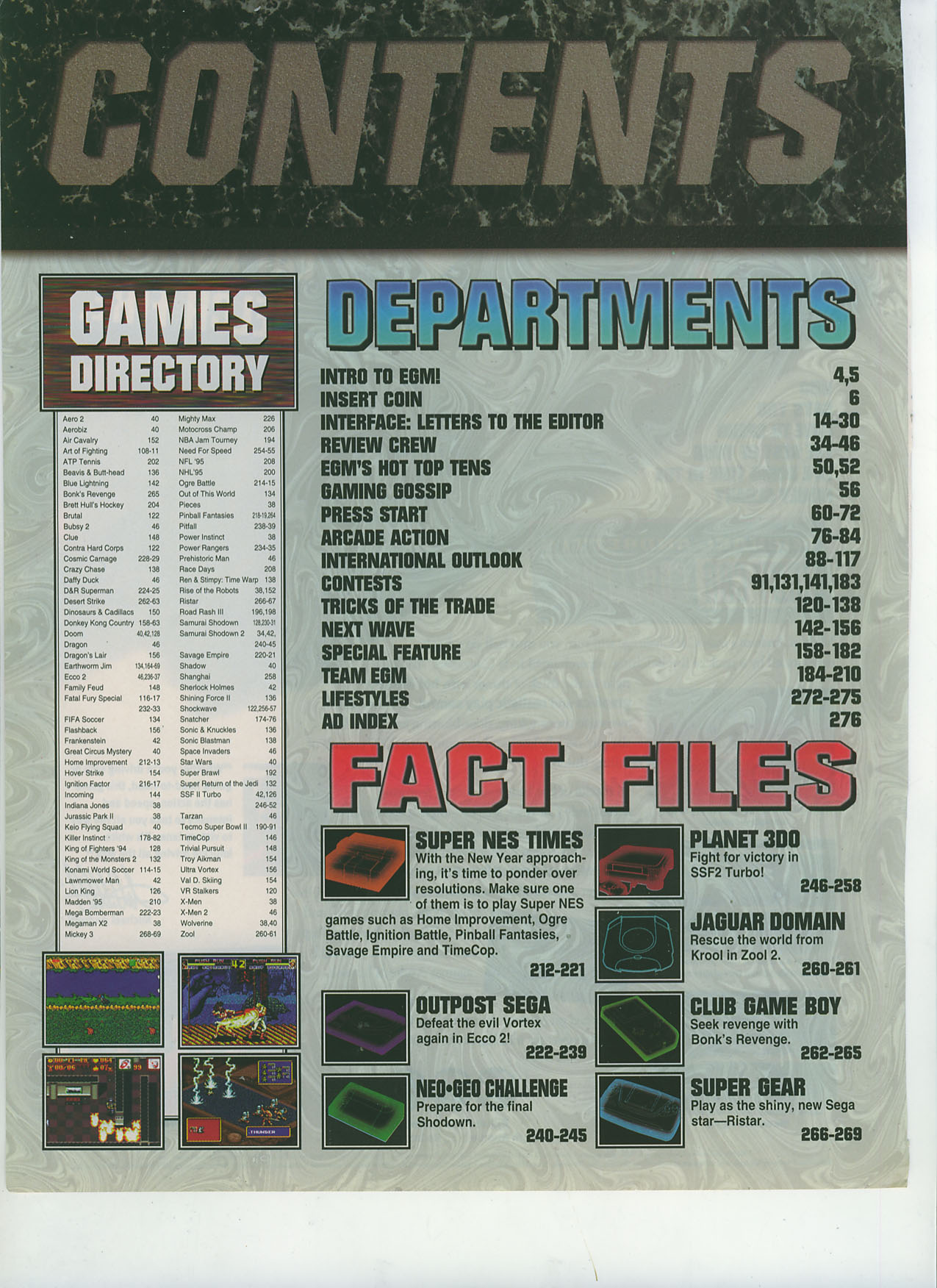



)







